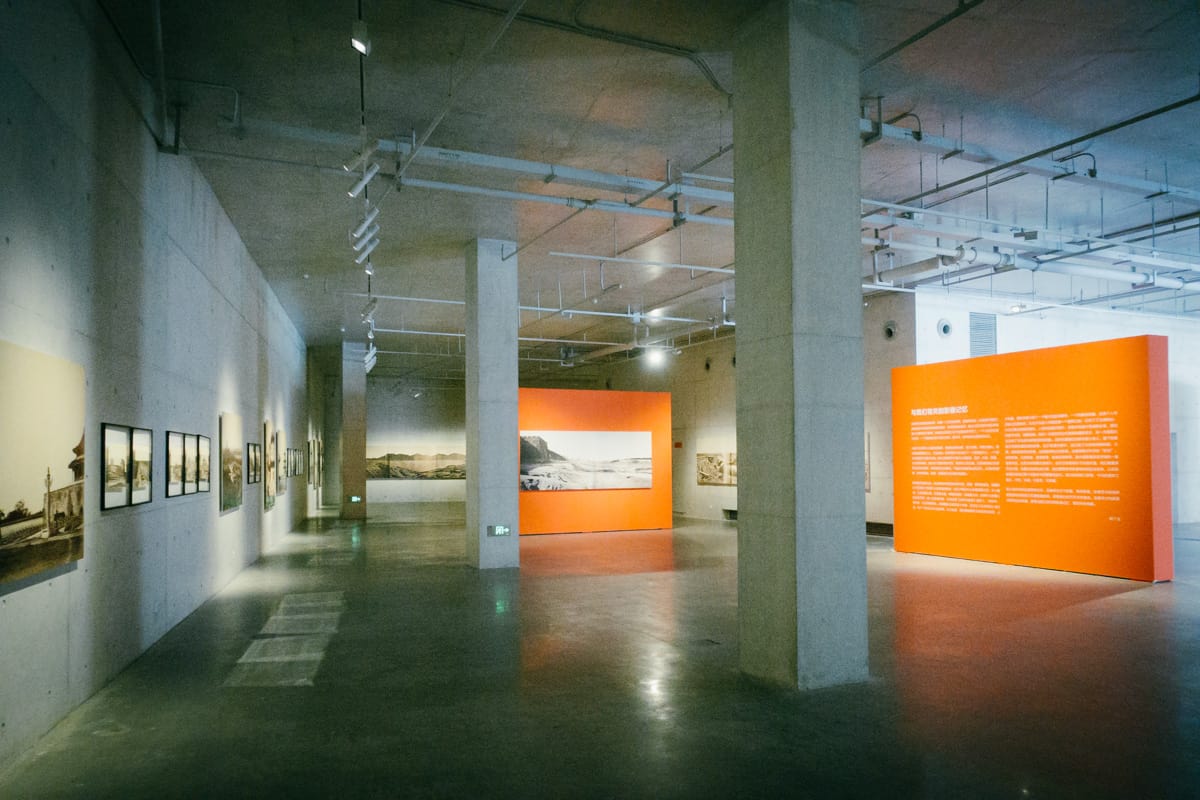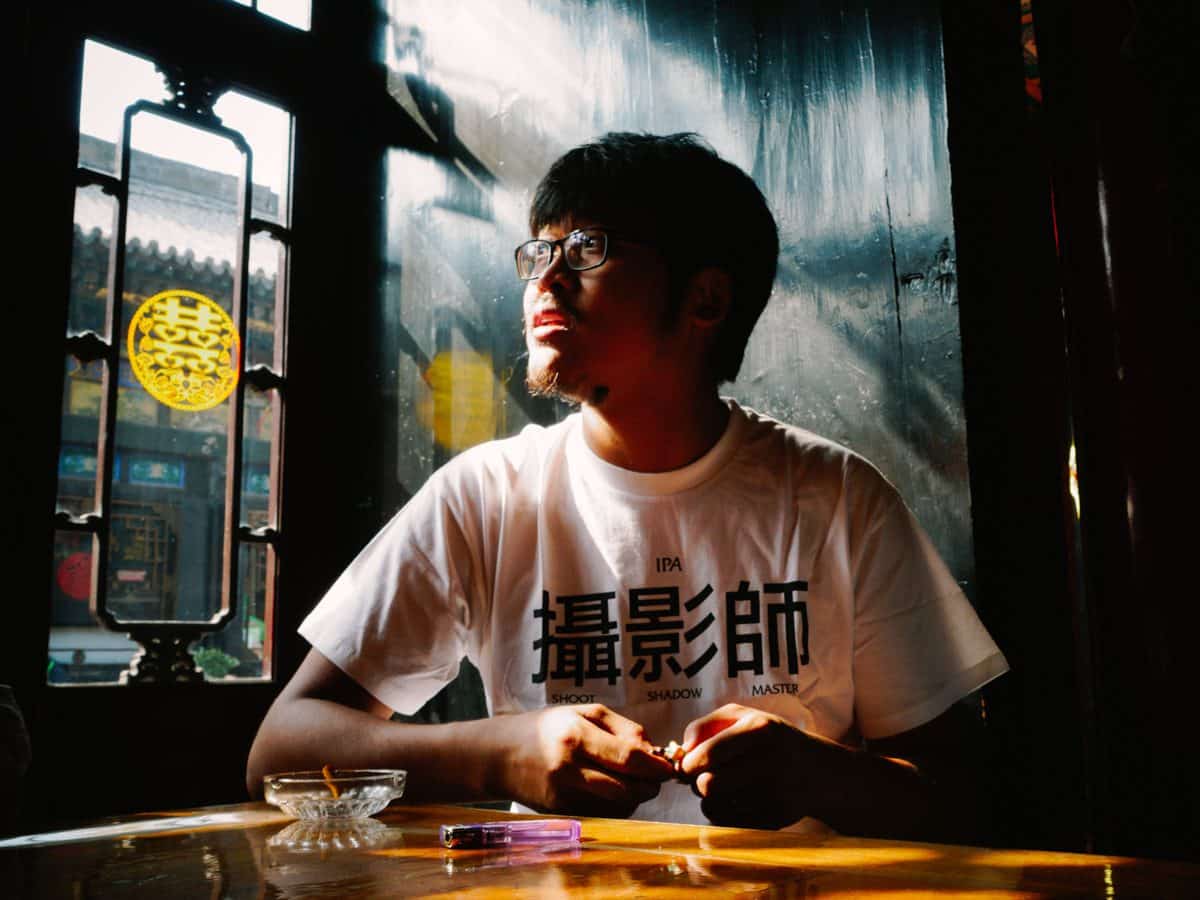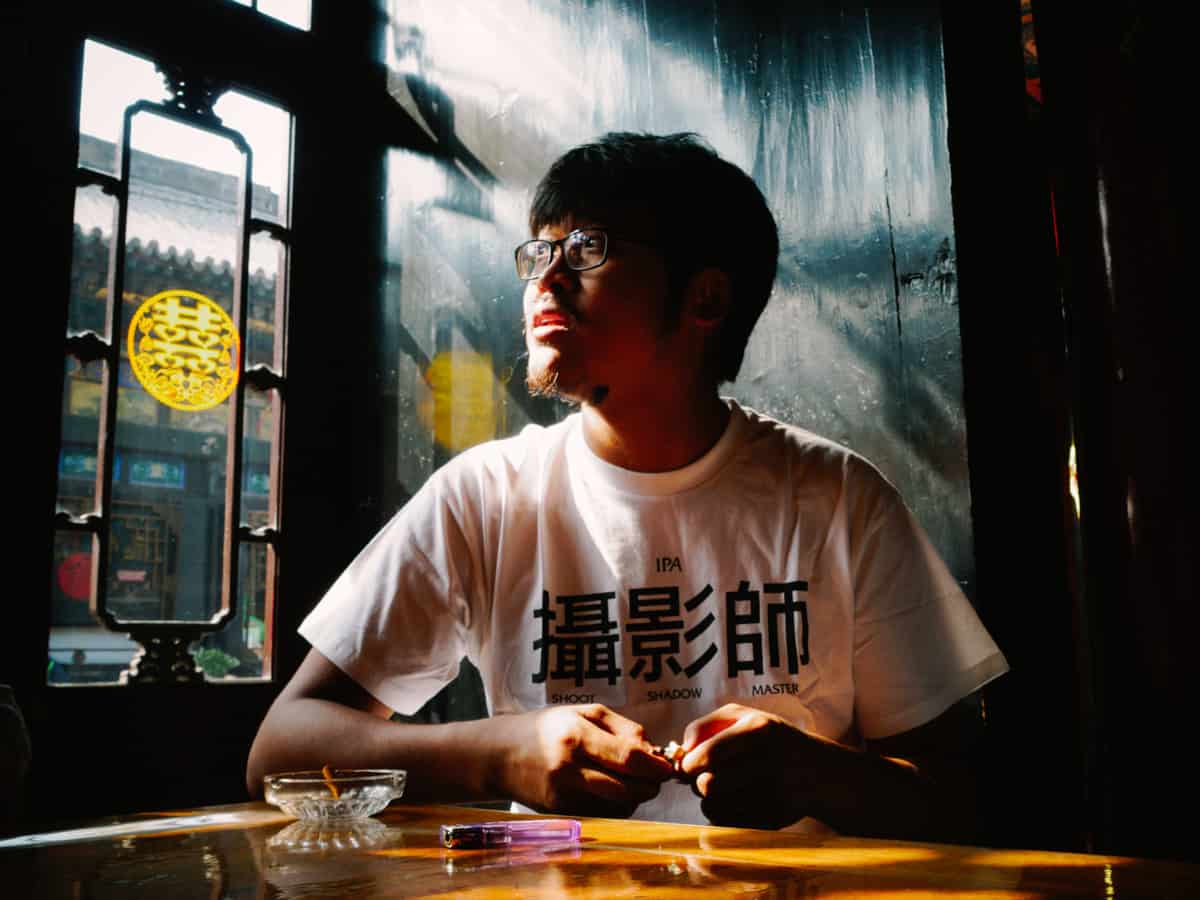Academic Director of Xie Zilong Photography Museum and curator Wang Xi is our final guest judge in the Invisible Photographer Asia 2018 Awards. Wang believes that being a good photographer and artist, one must not only be self-critical, but also extremely patient in honing one’s craft.
现任策展人,学者,现任谢子龙影像艺术馆学术总监王溪,我们的最终亚洲无形摄影师 (IPA), Wang Xi, 奖评委认为做一名优秀的摄影师和艺术家不仅要自我批评,而且要在珩磨工艺上非常耐心。
How and when did you get involved with the work you do today?
In 2002, when I start to learn photography in the University.
2002年,我开始在大学学习摄影
What are your thoughts on and experiences with photography in Asia?
In the past ten years, I’ve curated many art galleries, art festivals, and galleries in China and Asia. Asian photography has very strong diverse themes and rich expressions, but you can also see through many photographers’ expressions and sentiments that they are too influenced by European and American photography styles.
In Asia, with the exception of Japan and a few other places, the historical review of photography has barely taken place. There’s little critical analysis of the medium in Asia as well. Be it museums, art galleries or private collectors, no attention has been paid to the various photography genres. Maybe building understanding from the ground up is still in its infancy.
Photography’s future in Asia will not only grow exponentially, but will also take on a different vernacular practice as compared to other regions.
过去的十年里,我在中国与亚洲的多个美术馆、艺术节与画廊,展开策展工作。亚洲摄影具有很强的多样性,丰富的题材,丰富的表现形式,但是你也能看到很多摄影师他们表达方式的青涩以及过多的受到欧美摄影的影响。
在亚洲,除了日本等少数地方,摄影的史学梳理,几乎没有实质性的开展。在亚洲,影像市场也几乎没有开启,无论是博物馆、美术馆,私人的藏家客户,对于摄影的各种题材,几乎没有引起足够的重视。
影像市场从一级,二级市场的建立,也是在初级阶段。未来亚洲摄影也会是发展最快,轨迹最不一样的区域。
What in your perspective are the qualities of a good body of work?
Good work must have emotive qualities; it must allow you to feel, regardless of its happy or sad nature. For it to be distinctive, it must be able to express clearly the photographer’s intentions and be thematically related. With exception to photojournalism, photographic disciplines must also be seriously nurtured overtime.
好的作品,必定有情感:无论让你感到愉悦或悲伤。 形式方面,一定是与众不同,能够表达摄影师的想法,且与摄影主题链接紧密。 另外,严肃的、认真的摄影主题,除去新闻摄影外,几乎都是时间与实践的积累。

Xie Zilong Photography Museum, China.
Has there been recent work in Asia that caught your attention?
In recent years, I’ve been mainly focusing on the planning and operations of galleries and museums, as well as organising activities focusing on early photography genre (1860-1900s) in various parts of China. I’ve been getting more acquainted with many Chinese photographers and their works. Take for example, Huang Xiao Liang’s《东窗》(East Window) series, Luo Dan’s new theme 《何时离去》(When To Leave), both are breaking the traditional rules of photography, thus, generating a lot of success.
近些年我的工作主要集中在画廊与博物馆的策划与运营,同时梳理中国各地区最早的摄影活动。 近些年,接触的更多的是中国的摄影师作品。 例如,黄晓亮的《东窗》系列,骆丹的新专题《何时离去》,他们都在突破自己过去的摄影模式,也取得了很大的成功。
What advice do you have for photographers and artists?
A lot of research and a lot of time are needed to understand one’s own practice, themes, and ideas. Understand what others have previously done and work hard to make it different. Let the work speak for itself and not rely on written statements. Therefore, train your visual perception. Establish your own beliefs; persist, and do not reveal your ideas at the start of a project.
大量的阅读,大量的时间去了解自己涉及的领域、主题与想法。了解前人拍摄主题的方式,做到与众不同。 靠作品说话,不要靠文字的说明。 所以,思维方式也尽可能是视觉化的。 树立自己信仰,坚持,不要在一个专题开始之初,就公布自己的想法。
Call for Submissions now open. More details and submission on https://invisiblephotographer.asia/awards.
~o~o~o~o~
Interview by Siong Chung Hua
…………..
Share


